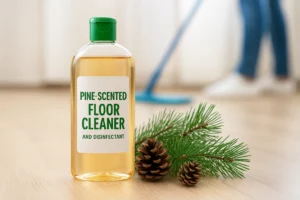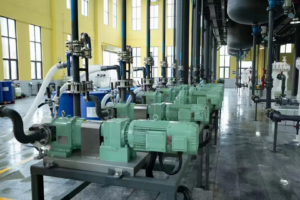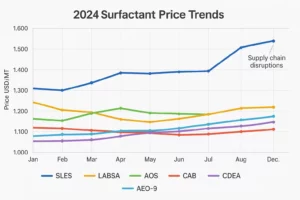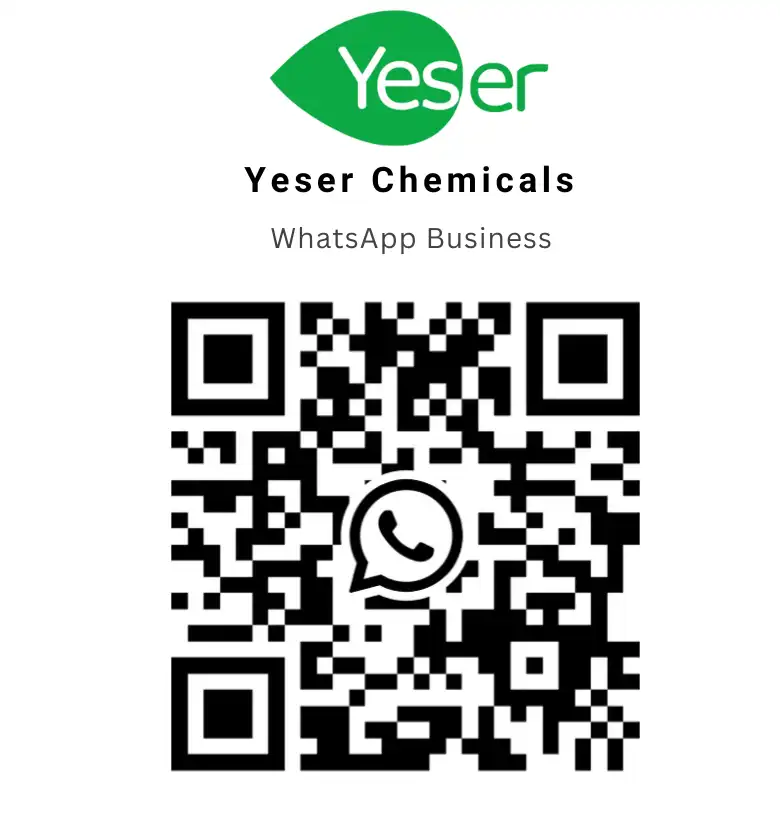Introduction
The home care industry is constantly on the lookout for ingredients that can help deliver high-performance and cost-effective products. One such key ingredient for effective dishwashing liquid formulations is Sodium Laureth Sulfate (SLES). This article explores the benefits and uses of SLES, providing insights for formulators, purchasing persons, and business owners in the home care and personal care products industry.
Understanding SLES
A. Definition and chemical properties of SLES
SLES, or Sodium Laureth Sulfate, is an anionic surfactant commonly used in a variety of cleaning products due to its excellent detergency, foaming, and emulsifying properties. It is derived from ethoxylated lauryl alcohol and functions as a highly effective cleaning agent.
B. Comparison with similar surfactants
SLES is often compared to other anionic surfactants such as Linear Alkyl Benzene Sulphonic Acid (LABSA). While both are efficient cleaning agents, SLES tends to be milder and exhibits better foaming properties, making it a popular choice for dishwashing liquid formulations.
C. Safety and environmental aspects of using SLES in products
SLES is considered safe for use in home care products when used within recommended concentrations. Furthermore, it is readily biodegradable, reducing its environmental impact.
The Role of SLES in Dishwashing Liquid Formulations
A. Detergency and cleaning power
SLES is a powerful surfactant that effectively removes grease and dirt from dishes. Its cleaning power is due to its ability to lower the surface tension of water, allowing it to penetrate and lift away soils.
B. Foam production and stability
Foam is essential for effective dishwashing as it helps to distribute the detergent and maximize contact with the soiled surfaces. SLES generates rich and stable foam, which enhances the cleaning process.
C. Compatibility with other ingredients and additives
SLES is compatible with various additives and ingredients commonly used in dishwashing liquid formulations, such as Cocamide DEA (CDEA) and Cocamidopropyl Betaine (CAPB), which further improve foam stability and cleaning performance.
D. The impact on product viscosity and appearance
SLES contributes to the desired viscosity and appearance of dishwashing liquids. Its thickening properties ensure a smooth and even product consistency.

Advantages of SLES in Dishwashing Liquid for Producers and Suppliers
A. Cost-effectiveness and availability
SLES is a cost-effective and widely available surfactant, making it an attractive choice for producers and suppliers looking to balance product performance and affordability.
B. Customizable formulations for various market segments
The versatile nature of SLES allows formulators to create customized dishwashing liquid products tailored to specific market segments and consumer preferences.
C. Enhanced product performance and customer satisfaction
By incorporating SLES into dishwashing liquid formulations, producers can offer consumers products with superior cleaning performance, resulting in increased customer satisfaction and brand loyalty.
D. Compliance with industry regulations and standards
SLES is compliant with industry regulations and standards, ensuring that dishwashing liquid products are safe for consumer use and environmentally friendly.
Tips for Effective SLES Incorporation in Dishwashing Liquid
A. Optimal concentration ranges
To achieve the best cleaning performance, it is essential to use SLES within the recommended concentration range, typically between 10% and 20%.
B. Blending with other surfactants for synergistic effects
Combining SLES with other surfactants, such as Cocamide DEA (CDEA) and Cocamidopropyl Betaine (CAPB), can enhance cleaning performance and foam stability, providing a synergistic effect.
C. Considerations for pH, temperature, and stability
To ensure optimal performance and stability, formulators should maintain the pH of the dishwashing liquid between 7 and 9 and store the product at room temperature.
D. Overcoming common formulation challenges
Formulators may encounter issues like separation or reduced cleaning performance when working with SLES. Understanding the interaction of SLES with other ingredients and adjusting concentrations accordingly can help overcome these challenges.
Case Studies: Successful SLES-based Dishwashing Liquid Products
A. Examples of leading brands using SLES in their formulations
Several leading dishwashing liquid brands have effectively incorporated SLES into their formulations, resulting in high-performance products that consumers trust and rely on.

Dawn Ultra Dish Liquid 7Oz Platinum Refreshing Rain Scent
It is a powerful dishwashing detergent that is tough on grease and gentle on your hands. Its concentrated formula allows for more cleaning power with less water, making it an efficient choice for any kitchen. The Refreshing Rain scent leaves your dishes smelling fresh and clean, while the 7oz size is perfect for those who want to try out the product or for those who prefer a smaller bottle for easier handling. With Dawn Ultra Dish Liquid, you can trust that your dishes will come out clean and sparkling every time.
Key ingredients:
- Sodium lauryl sulfate
- Sodium laureth sulfate
- Lauramine oxide
- Alcohol denat
- Sodium chloride

Gain Powerblast Dish Spray, Dish Soap, Original Scent
It is a powerful cleaning product that is designed to make dishwashing easier and more efficient. The dish spray is a convenient and easy-to-use alternative to traditional dish soap, allowing you to quickly and easily spray away tough food stains and grease from your dishes. The dish soap is a concentrated formula that provides a deep clean and long-lasting suds, making it ideal for tackling even the toughest grease and grime. Both products have the Original Scent, which leaves your dishes smelling fresh and clean.
Key ingredients:
- Sodium lauryl sulfate
- Sodium laureth sulfate
- Lauramine oxide
- Citric acid
- Sodium chloride
Conclusion
Incorporating SLES in dishwashing liquid formulations is a smart choice for formulators and suppliers in the home care industry. Its excellent cleaning properties, cost-effectiveness, and compatibility with other ingredients make SLES the ultimate ingredient for high-performance dishwashing liquid products. By leveraging the power of SLES, industry professionals can continue to innovate and provide consumers with superior home care solutions that meet their needs and exceed their expectations.
Maybe we can add a section of FAQs at the end?
Frequently Asked Questions (FAQs)
A. Is SLES safe for use in dishwashing liquid products?
Yes, SLES is considered safe for use in dishwashing liquid products when used within the recommended concentration range. It has a mild irritancy profile and is readily biodegradable, making it a responsible choice for environmentally conscious formulations.
B. Can SLES be used in combination with other surfactants?
Absolutely! SLES is compatible with various other surfactants, such as Cocamide DEA (CDEA) and Cocamidopropyl Betaine (CAPB), which can enhance cleaning performance, foam stability, and other product properties.
C. What is the difference between SLES and SLS?
SLES (Sodium Laureth Sulfate) and SLS (Sodium Lauryl Sulfate) are both anionic surfactants. While they share some similarities in terms of cleaning properties, SLES is milder and produces more foam than SLS, making it a popular choice for dishwashing liquid formulations.
D. How does SLES contribute to the foam production in dishwashing liquids?
SLES has excellent foaming properties, producing rich and stable foam. Foam is essential for effective dishwashing as it helps to distribute the detergent and maximize contact with soiled surfaces.
E. What is the optimal concentration of SLES in dishwashing liquid formulations?
The recommended concentration of SLES in dishwashing liquid formulations is typically between 10% and 20%. This range ensures optimal cleaning performance while maintaining product safety and stability.
Feel free to add more questions to the FAQ section or customize it according to your specific needs.






